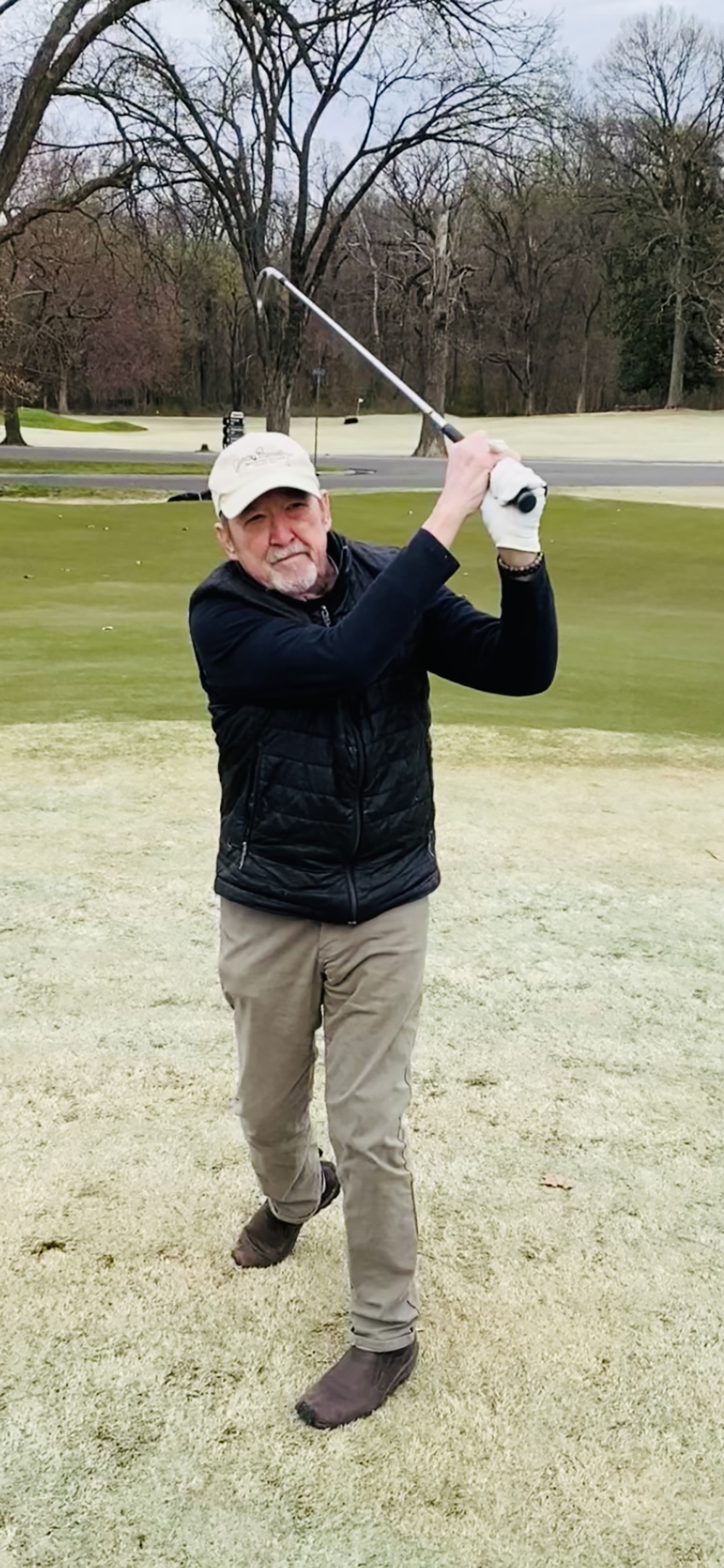“Covid met January 6th. They slept together and gave birth to the anti-Christ of anger, fear, distrust, disinformation, and trauma that plagues America to this day.”
That was an X/Tweet on my timeline last week. I hope it was written by a human and not a bot because it reflects a very human feeling I’ve been trying to get my head around. I think we’re in the midst of one of the most disordered eras in the history of this country, comparable to our great wars, our Great Depression, our presidential assassinations.
We are riding a chaotic chariot of change with no idea of where or when it stops. We have come to a place where we can’t even agree that the sky is above us, that day follows night. Facts are fungible. Everyone is entitled to their own facts because you can “prove” anything. Politics and religion have become intertwined and irresolutely tribal. Disinformation is the currency of the realm, a bloated ratatouille of content — true, false, and irrelevant — that overloads our brains. Facebook, TikTok, Instagram, X, Truth Social, even such presumably benign sites as Nextdoor have become infiltrated with the madness of our political discourse. Every commenter is a pundit or a cynic or an expert … on everything. Crime is everywhere. Democrats are pedophiles. Trump shits his pants. Biden can’t walk. Trump has dementia. Be very afraid. Be very confused.
Former President Trump’s rally in New Jersey last Saturday provides a perfect template for what I’m talking about. Prior to the event, Trump touted that there would be 80,000 people there, so that number became the focal point. When Trump began speaking, pictures from Trump supporters, mostly taken from the stage area or from the crowd, were cited as evidence that Trump had drawn at least 100,000 people. “Let’s see Biden draw a crowd like this!” they said.
Then photos from anti-Trumpers appeared that purported to show a much smaller crowd. Next came photos of a full Michigan football stadium and of a Taylor Swift concert. “This is what 100,000 people looks like,” said these posters. “Compare this to photos of Trump’s pathetic rally. Hah!”
Not to be outdone, an aerial photo of 400,000 people appeared under the headline: “Trump Draws Massive Crowd to New Jersey Rally.” Roger Stone and lots of other Trump supporters retweeted it. But the picture turned out to be an aerial shot of a 1994 Rod Stewart concert in Brazil. Boo! Fake news! Then video appeared of Trump speaking to a small crowd, possibly near the end of his speech. No way, said his supporters. It was “AI-generated and put out by Antifa.” Or something.
So how many people came to hear Trump speak? Pick a number. There’s “proof” of everything, so everything is meaningless. And maybe that’s the point: Flood the zone with so much conflicting information that none of it can be trusted, that it all can be discounted.
How did we go from a country that elected a centrist African American 12 years ago to one that actually appears capable of reelecting an amoral, foul-mouthed, self-absorbed misogynist who took away women’s bodily autonomy, stole federal classified documents (and probably sold them), slept with porn stars, botched the handling of a pandemic that led to hundreds of thousands of deaths, and, oh yeah, tried to overturn a presidential election?
What. The. Hell?
Normally when a time of upheaval is over, a country will celebrate. There are parades, a coming-together, a time of kumbaya. Americans have had no downtime in the past eight years, no room to reflect — just unrelenting chaos. The Covid pandemic continued implacably, even as the 2020 political campaign unfolded. People were still dying by the thousands, while two major party candidates debated and campaigned in the midst of it. Remember the masked appearances and debates? Even masks and vaccines became political. So exhausting.
Then the election happened and Trump lost (really), and as most predicted, he claimed it was all rigged. Phony Venezuelan voting machines! Mule teams! Crooked election workers! A minute later and it was January 6th, and we all watched an attempted insurrection in real time. It’s all been too much. Too many bad actors, too many alternate facts that created an information overload, one that allowed a man with no moral core to attain the highest office in the land. And to possibly do it again.













